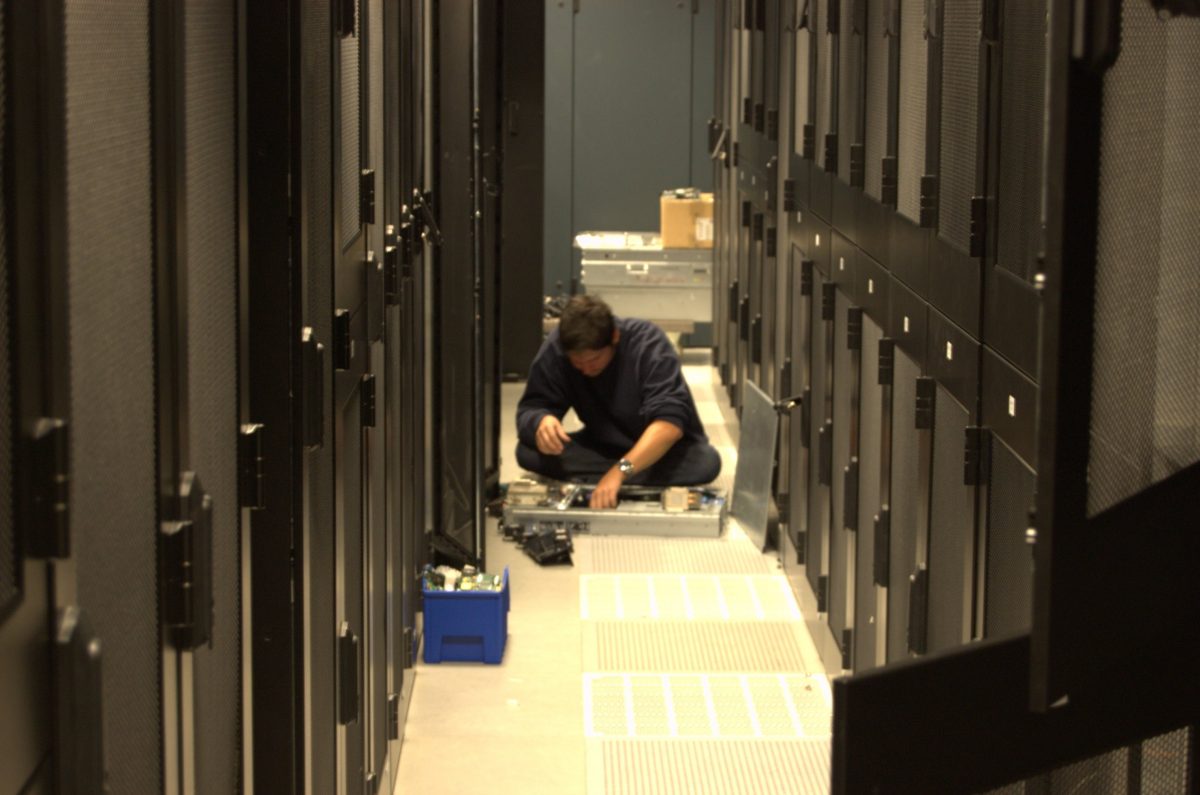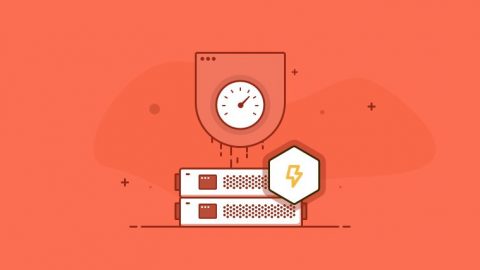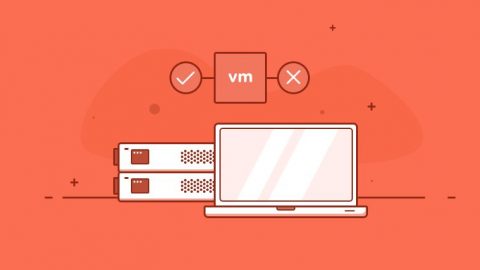True enterprise servers are designed with nonstop operation in mind, and are built to withstand hardware failure without a need to power down, not to mention, are designed for nonstop 24/7 operation.
You’ll definitely care if your website is down because the desktop it’s hosted on kernel panicked.
Unfortunately, many hosting providers choose to cut corners in order to retain some profit margin while competing on price. These low quality, desktop machines are then used as servers, to host your databases, emails, and websites. Although such hardware can operate for some time, it cannot be relied on for 24/7/365 operation.
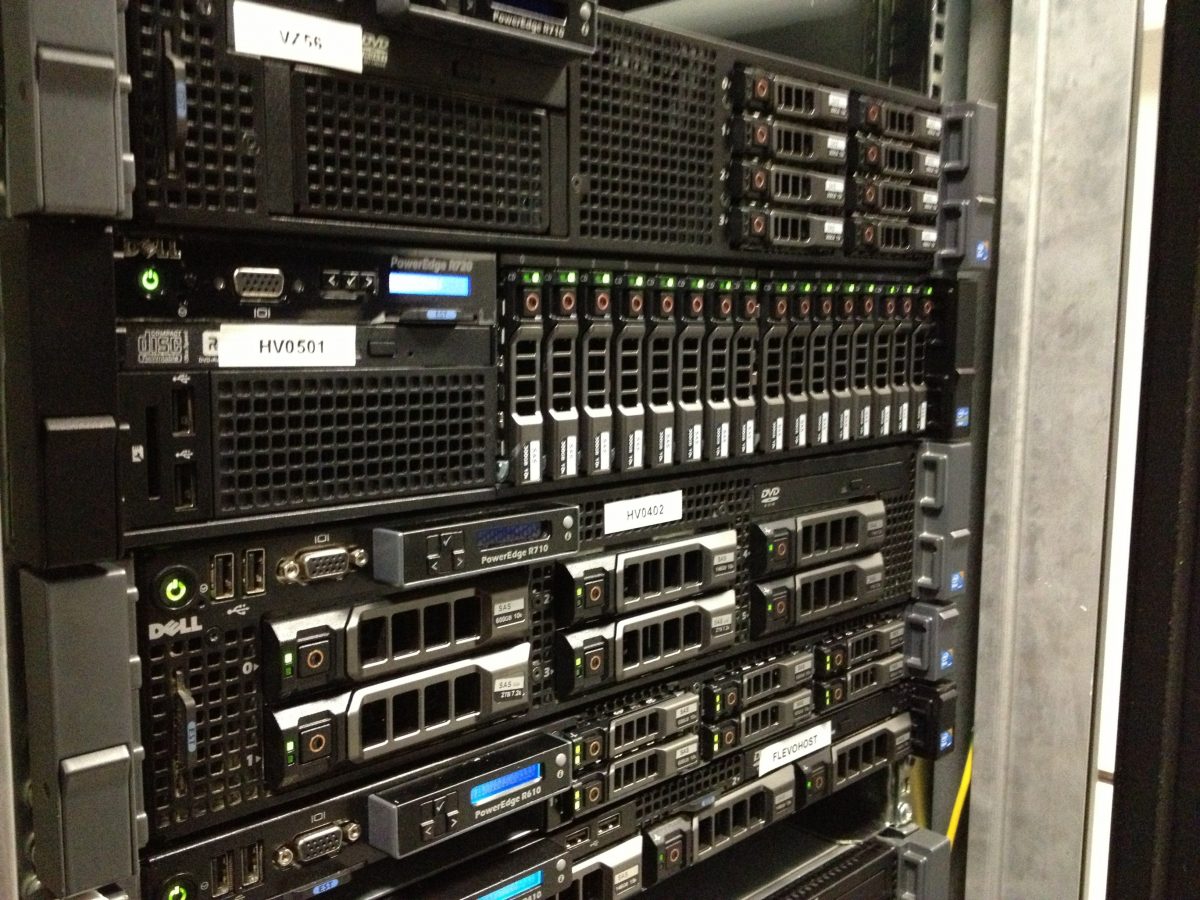
For example, a true server of “enterprise grade” would include such features such as:
- hot-swap cooling units
- hot-swap disk drives
- hot-swap power supplies
- as well as hot-swap memory boards in the more expensive configurations such as the DL580’s EuroVPS owns and operates.
Some more differences between servers and PC’s…
Power Supplies
PC based dedicated servers, and even some of the lower end rack mount servers, wont have dual power supplies. If your PSU fails, you will be offline. And you wont have dual feed power from two power sources since you only have one PSU.
Enterprise servers are provisioned to you with A/B PSU. BladeServers have even more redundancy courtesy of the c7000 blade enclosure which comes with 10 x PSU. Redundancy is increased further by cross cabling the Bladecenter into two discreet power feeds during installation.
Cooling
Heavy sites can really push a servers heat threshold. It can get hot. A cooling failure can cause hardware failure, downtime, and drive failure.
Just something to consider when thinking about using PC servers instead of “real” servers for high intensity work loads.
At EuroVPS where I work as a datacenter engineer, we use BladeSystem servers predominantly. These come standard with 10 x Cooling fans within the c7000 enclosure. Further, all rack mount servers also have fully redundant cooling.
Processors
Intel i5 and i7 processors only work in Desktop PC’s. Desktop PC’s retrofitted to work in racks are not real servers because they lack features such as ECC memory and redundant power and cooling.
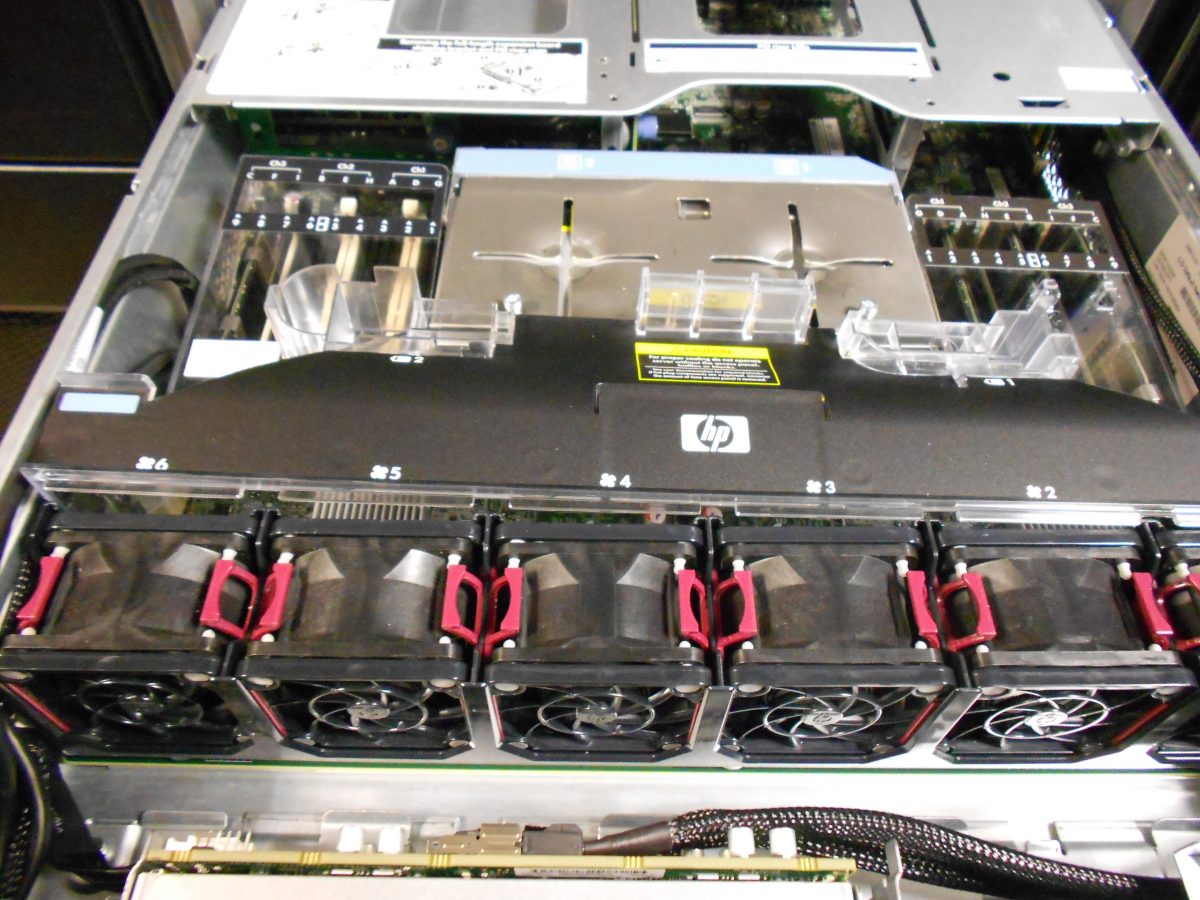
When to use a “PC” instead of a real “Server
If your objective is to purchase the cheapest possible solution that can provide X amount of CPU cycles and Y amount of IOPs, then perhaps a home-built budget server based on a PC is for you. But you will be sacrificing reliability in the long-term.
When to use a real “Server”
For websites that require the highest level of availability and performance consistency real servers as described above are a must.
There’s me below working on a real server btw 🙂
